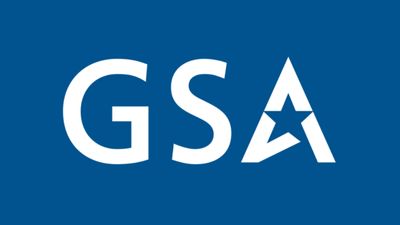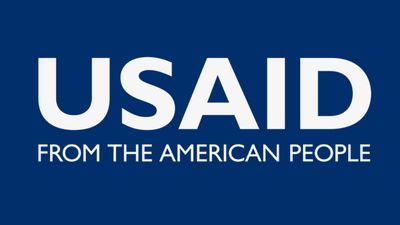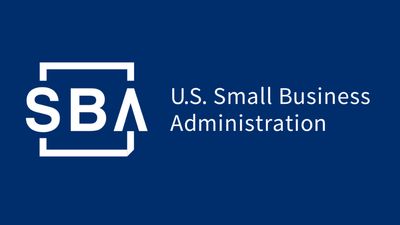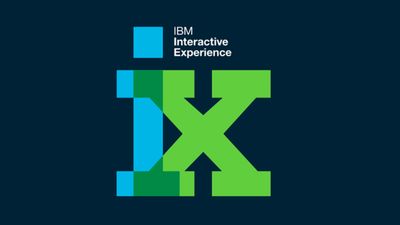Improving Access to Government Benefits and Services
- Design Manager, Federal Projects
- GSA,
- Bixal
- Experience Design,
- Human-Centered Research,
- Accessibility Standards & Best Practices
The complexity and scale of federal forms significantly impacts American citizens by hindering access to essential government programs, services, and benefits. I worked with the Office of Evaluation Scientists to help them simplify these forms to enhance public access to services like healthcare, housing, and financial aid.
The Client
The Office of Evaluation Sciences (OES) is a team within the U.S. government that uses behavioral science to improve public programs and policies. Comprising experts in various scientific disciplines, the OES conducts rigorous evaluations and applies evidence-based strategies to enhance the effectiveness of government initiatives. Their work involves designing and testing interventions, analyzing data, and providing actionable insights to policymakers. By integrating scientific methods into program evaluation, the OES aims to optimize service delivery, increase efficiency, and improve outcomes for the public. The office’s mission is to ensure that government actions are informed by the best available evidence and research.
The Goal
The collaboration with OES aimed to integrate testing into the form digitization process. It produced three design proposals that ranged from providing autonomy to researchers through digital interfaces to service-oriented approaches.
Data Analysis and Distribution
OES required robust data analysis tools and methods to manage large sample sizes and ensure representative distribution in their studies.
Maintaining scientific rigor throughout the project was essential, ensuring that any results and conclusions were quantifiable and repeatable.
Ethnography
The project began with an intensive study of the behavioral scientists at OES, utilizing workshops, interviews, and collaborative exercises to understand their perspectives and needs.
The focus was on identifying what was crucial for OES researchers in terms of functionality and scientific validity for their experiments.
Experiment Parameters and Variants
The final design addressed the need for setting clear experiment parameters, creating form variants, and ensuring randomization to avoid bias in form testing.
Human-Centered Design
The final design prioritized researcher autonomy and varied in feature combinations. Some aspects focused on digital interfaces, while others involved external contractors for experiment management.
The solutions were based on human-centered research, tailored to meet the specific needs of behavioral scientists, emphasizing the feasibility and practicality of testing digital federal forms.
The Outcome
The project demonstrated that it is feasible to design digital forms to improve access to federal benefits, integrate scientifically valid testing into the digitization process, and do so in a scalable, repeatable, and cost-effective manner.
The Lesson
The project underscores the importance of designing government forms in a way that not only meets scientific standards but also ensures equitable access for all citizens to essential government services.




